Marine carbon refers to the dissolved and particulate carbon stored and cycled in ocean and coastal ecosystems. This encompasses a variety of processes and environments, from photosynthesis by marine plants and algae to the sequestration of carbon in deep-sea sediments.
Research
Blue Carbon accounting and ecosystem services
Mangrove forests, kelp, saltmarshes and seagrasses provide natural carbon sequestration and also other co-benefits, such as protection from extreme weather events, habitat for biodiversity, and improved water quality.
Marine carbon dioxide removal (mCDR)
There is growing interest in increasing carbon dioxide uptake and storage in the marine environment by enhancing natural processes.
Ocean Acidification
The increase in atmospheric carbon dioxide is causing ocean pH to decline with detrimental impacts on coastal and oceanic ecosystems.
Capabilities
Blue carbon sequestration
Identification of coastal areas with potential as well as the potential of deep-sea areas.
Blue Carbon Accounting Model (BlueCAM)
Modelling to quantify the carbon stored in blue carbon ecosystems, which include seagrass, mangroves and saltmarshes to assess and identify potential blue carbon restoration sites.
Equipment and vessels
State-of-the-art equipment and research vessels to quantify carbon fluxes, land-sea exchange and carbon storage in marine sediments and the water column.
Experiments
Experiments at sea and in the laboratory to establish response to perturbation and future conditions. Determination of carbon dynamics and flux using coupled hydrodynamic-biogeochemistry models
Desktop studies and Environmental Impact Assessments
Designed to suit any number of projects and tailored to accommodate various investigations.
News
-
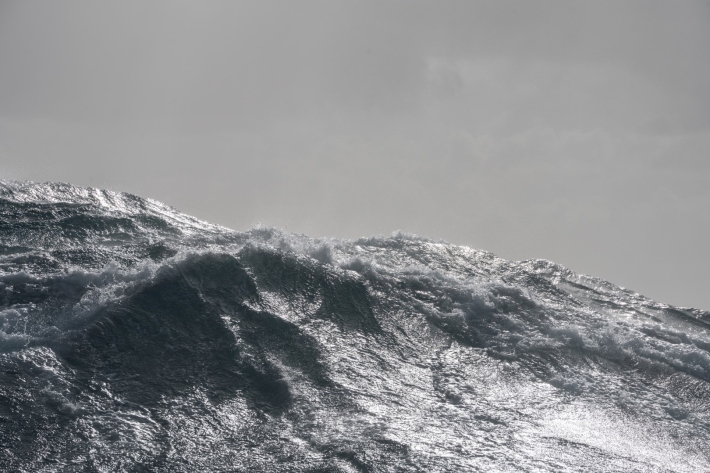
Catching Marine Carbon
Research ProjectThis Endeavour Fund programme will examine the potential and risks of three marine carbon dioxide removal techniques by studying their natural equivalents in New Zealand coastal and open-ocean waters. -
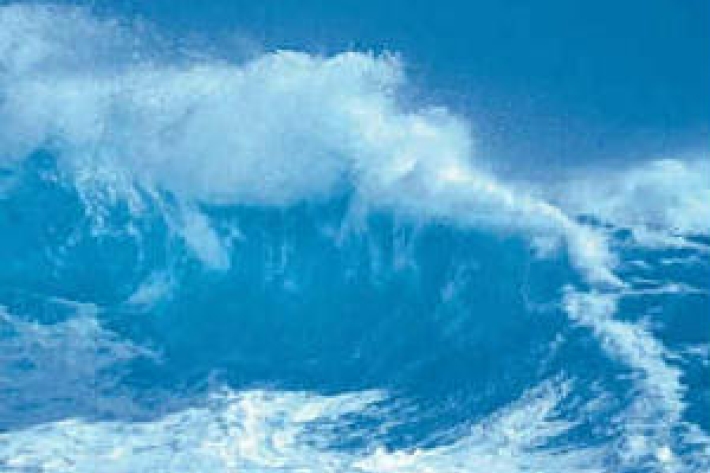
Aotearoa New Zealand’s marine carbon cycle in a changing climate – Current understanding and future directions
Review articleThe present paper reviews the current understanding of the NZ marine carbon cycle and identifies key issues and gaps within the context of the vulnerabilities, threats and opportunities that are crucial for resource management and for climate change adaptation and mitigation. -
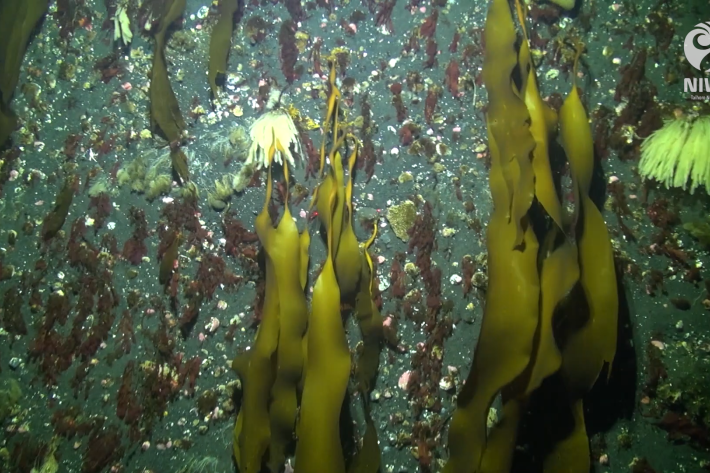
Antarctica likely a carbon storage powerhouse
Media release20 May 2024Antarctica is probably storing much more carbon than previously thought, according to NIWA. -
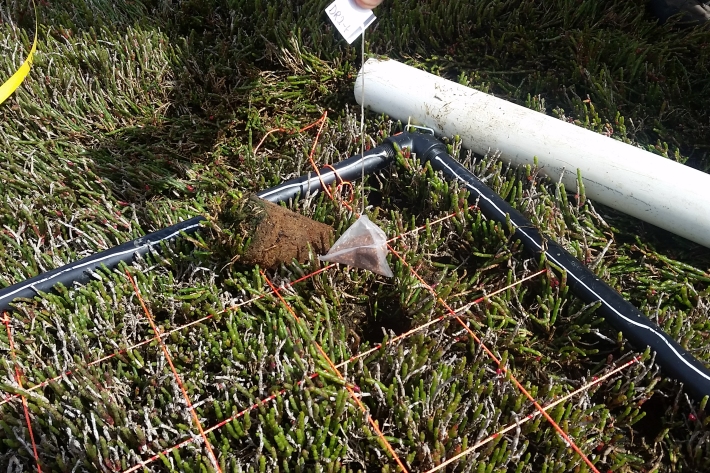
“Spilling the tea” on wetlands
Media release03 December 2024Scientists find link between temperature and carbon storage rates -
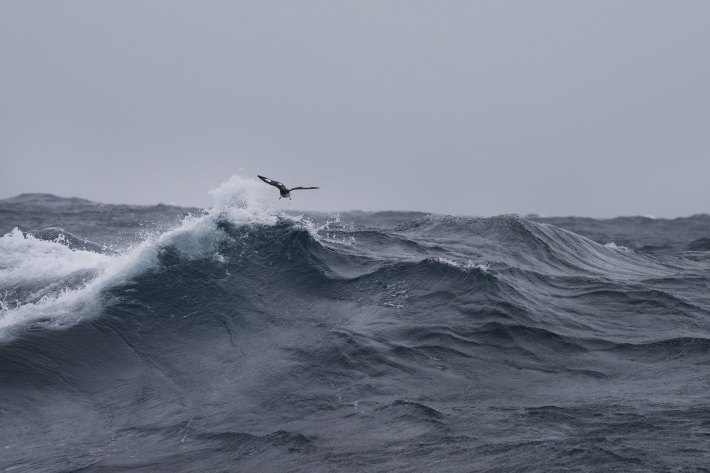
Organic carbon stocks and potential vulnerability in marine sediments around Aotearoa New Zealand
ReportThe Parliamentary Commissioner for the Environment commissioned the National Institute of Water and Atmospheric Research (NIWA) to develop the first inventory of organic carbon in marine sediments for the New Zealand Exclusive Economic Zone (EEZ). -

Risks to carbon stores in Aotearoa New Zealand's marine sediments
StoryMapStoryMap produced to showcase a report for the Parliamentary Commissioner for the Environment -

Seafloor of NZ's most important fishing grounds shows resilience
Media release04 March 2025Sea life in the seafloor of New Zealand’s most productive and important commercial fishing ground shows resilience to disturbance, according to a new study published in the New Zealand Journal of Marine and Freshwater Research. -
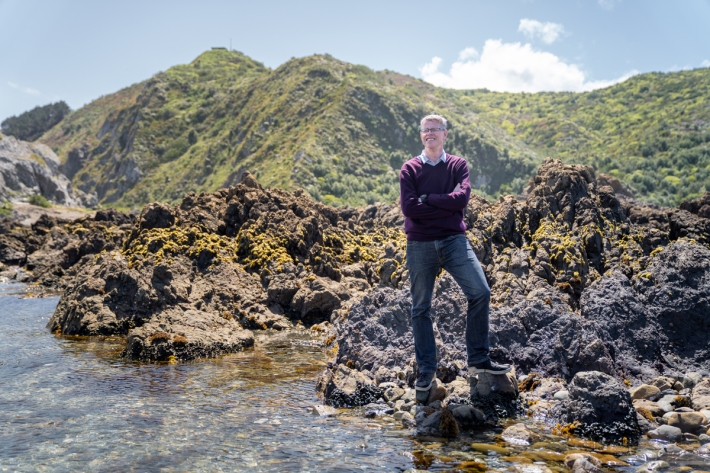
Research aims to quantify New Zealand’s Blue Carbon capacity of kelp seaweeds
Media release20 February 2023A research project co-led by Blue Carbon Services and NIWA will aim to provide New Zealand’s first national estimate of natural kelp-carbon sequestration in the marine environment.



